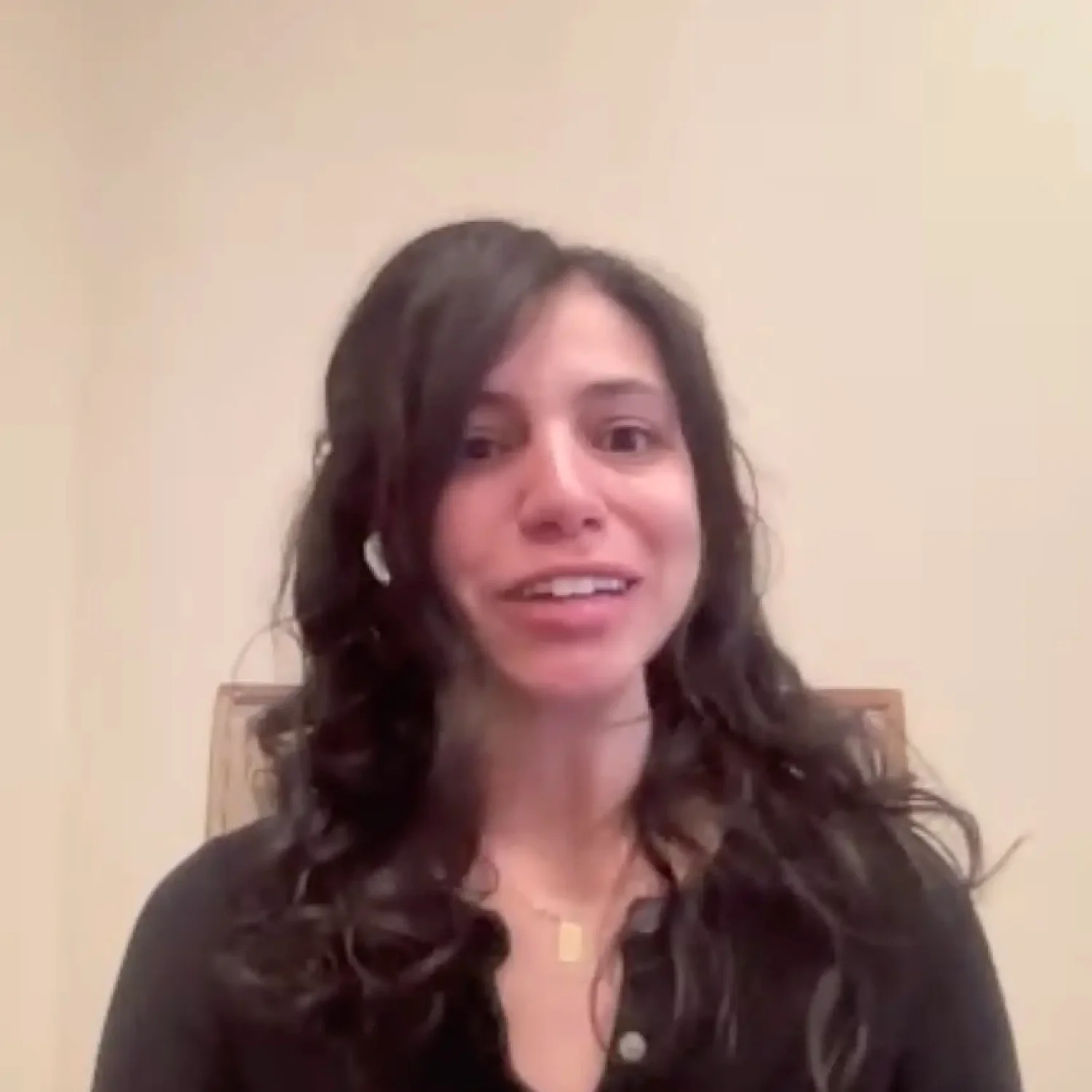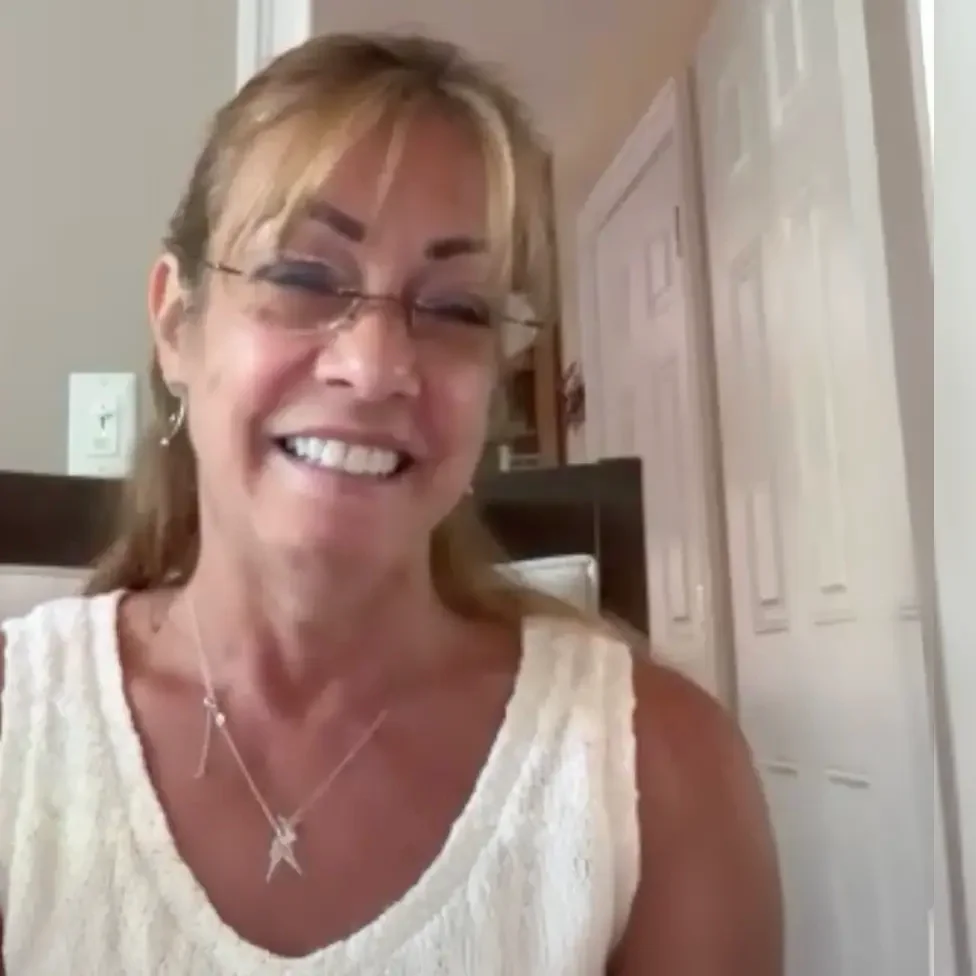To imrpove or maintain our mental health, many of us turn to favorite holistic treatments—like massage, acupuncture, and chiropractic medicine. An at-home alternative is an acupressure mat, which has soared in popularity this year in order to stay well. But what are acupressure mat benefits? And could they actually replace a trip to the acupuncturist? Keep reading to have all your questions answered.
What is acupressure?
According to Jessie Lucking, a former health coach at Parsley Health, “Acupressure is built upon the same ideas as acupuncture.” Essentially, it’s a complementary therapy believed to stimulate the central nervous system (CNS).
According to Traditional Chinese Medicine (TCM), acupressure is designed to target different points along the meridian lines, or energy pathways, of the body. “It’s all about eliminating blockages in our neuro-vascular pathways—which is where our nervous system and cardiovascular systems meet,” she explains. In TCM, this is believed to help restore the flow of ‘qi’ or life-force energy throughout the body.
An acupressure mat takes the form of a highly textured mat that you sit or lie down on; when you do, the points on the mat put pressure on your body and may stimulate the CNS without requiring a trip to a practitioner. If this sounds painful, it’s not, it’s actually deeply relaxing, like getting a good massage. According to Lucking, any slight discomfort is actually beneficial, because it can increase blood flow and circulation and release chemicals called endorphins.
When your body senses pain from the mat, your brain releases these endorphin chemicals, which are essentially the body’s natural opioids. Those then interact with opioid receptors in your brain to reduce the perception of pain. This can help reduce pain from many chronic conditions and improve your overall sense of well-being—sort of like getting a post-exercise “high” without the actual exercise. As Dr. Shari Auth, DACM, LAC, Co-Founder & Chief Healing Office at WTHN, an acupuncture studio in New York City, says: “After your session, don’t be surprised if you feel better in ways you never expected; we call this the acu-high.”






